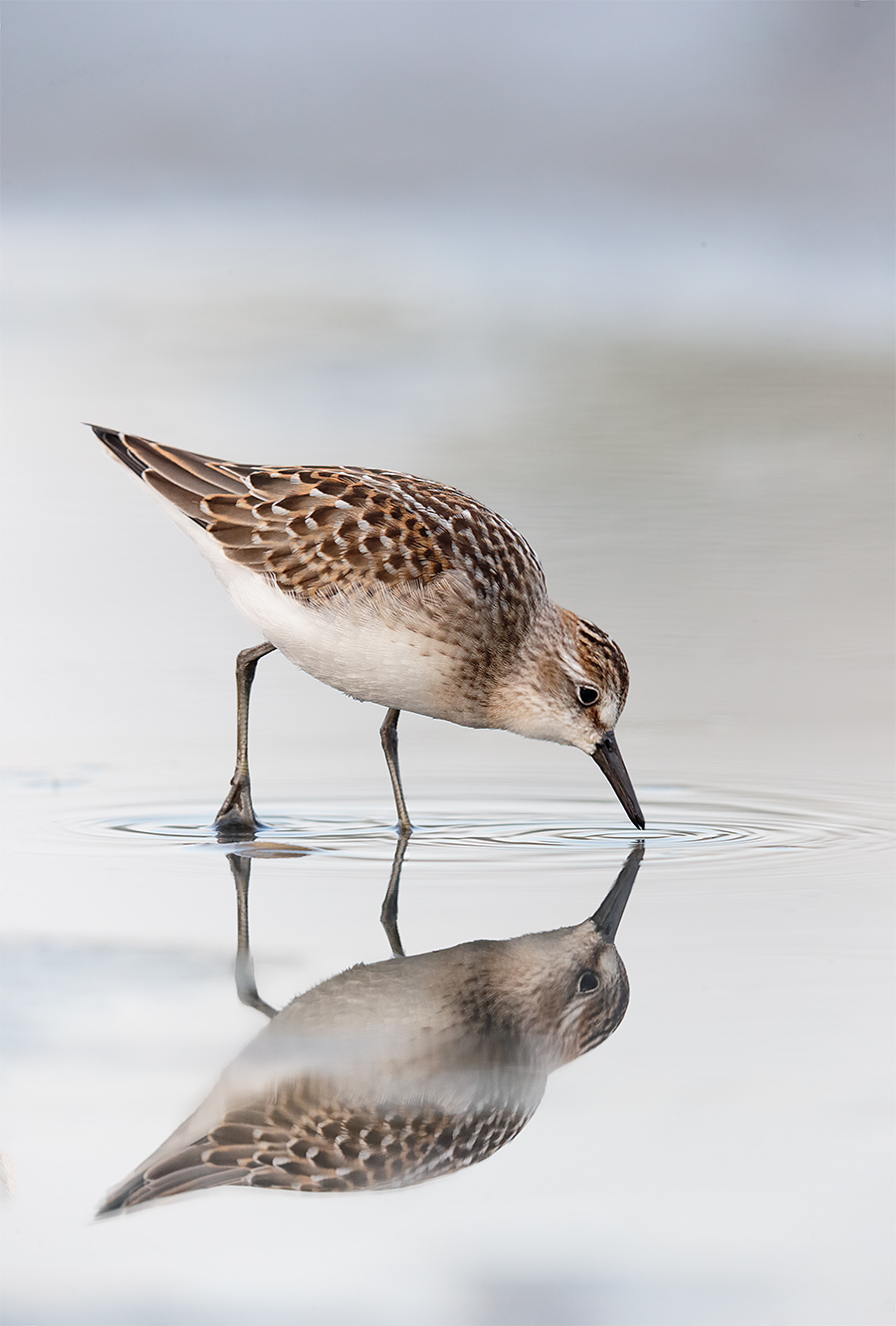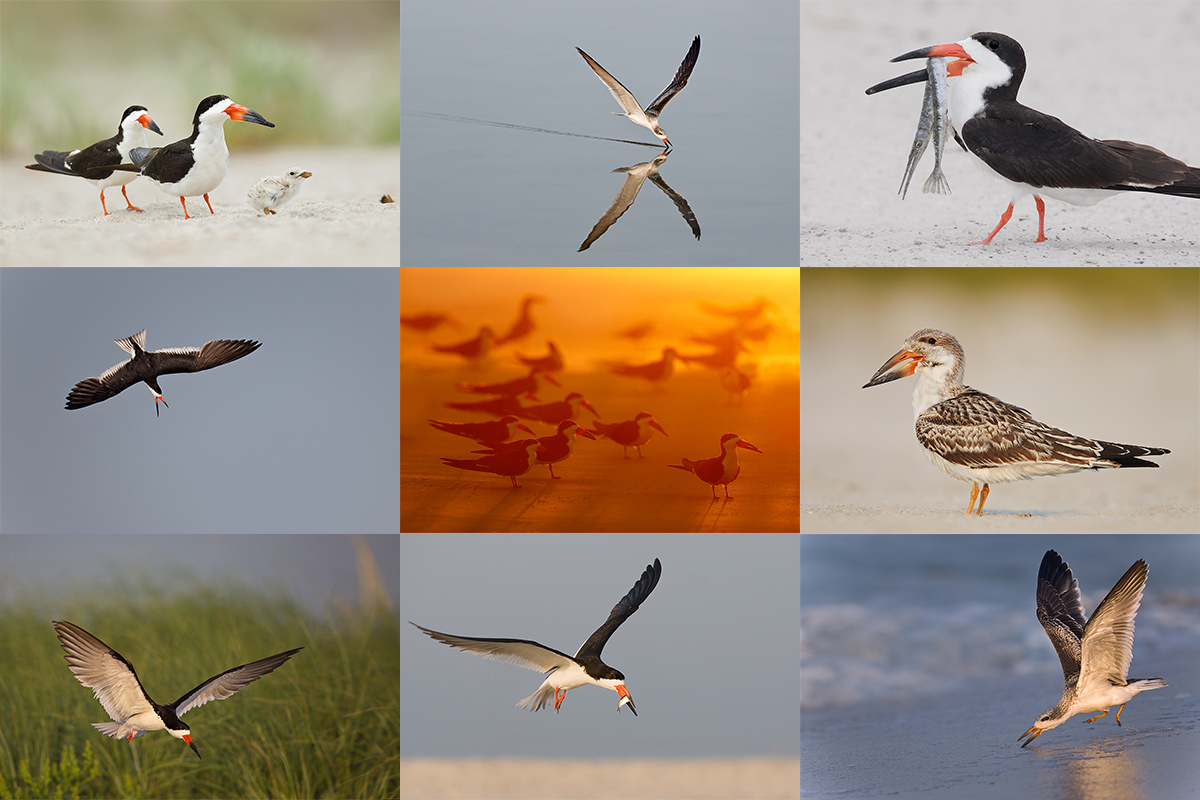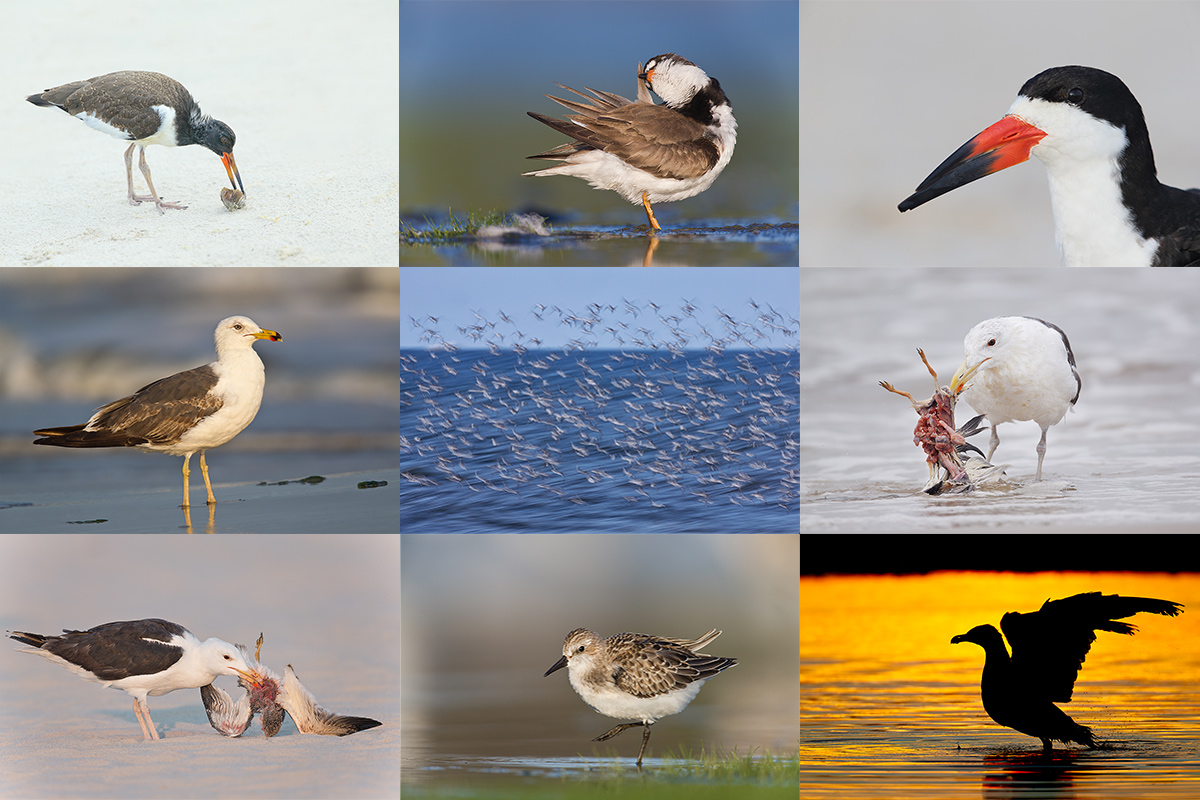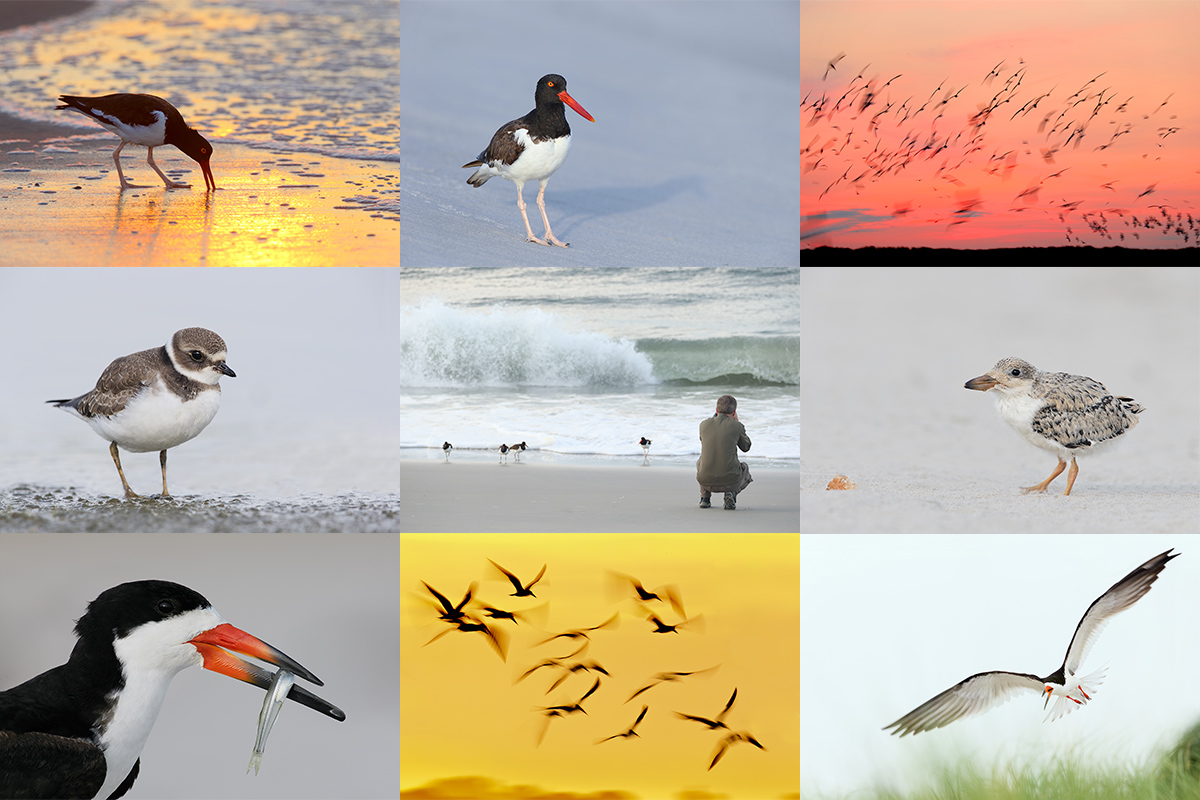Stuff
Again I spent a good part of Friday re-arranging and doing third edits on trip image folders with lots more of the same in store for Saturday. I made a lot of progress–deleting many thousands of images kept on the first round of editing (picking keepers) but still have a ton of work left. This blog post, which took me about 1 1/2 hours to assemble, is the 169th in a row. It was published just before 5:30am on Saturday, June 27, 2015. I fly to Newark tomorrow to meet up with denise for our red-eye flight to Edinburgh, Scotland. I start packing seriously today.
Please Help Support My Work on the BAA Blog
Thanks a Stack! June has been a Great Month.
The last two weeks have been quite rewarding. Thanks a stack to the many who used our B&H links for purchases large and small. Right now I am working closely with my B&H rep to have four 400 DO and two 100-400 II BAA Affiliate orders expedited. It has been nearly impossible to come by a 400 DO II. I am hoping that my efforts pay dividends fairly soon…. The supply of 100-400IIs has been much more steady with availability every week to ten days.
To show your appreciation for my efforts here, we ask, as always, that you use our the B&H and Amazon affiliate links on the right side of the blog for all of your purchases. B&H Is recommended for you major photography gear purchases, Amazon for your household, entertainment, and general purpose stuff. Please check the availability of all photographic accessories in the BIRDS AS ART Online Store, especially Gitzo tripods, Wimberley tripod heads, and the like. We sell only what I have used, have tested, and can depend on. We will not sell you junk. We know what you need to make creating great images easy and fun. And we are always glad to answer your gear questions via e-mail.
I would of course appreciate your using our B&H affiliate links for all of your major gear, video, and electronic purchases. For the photographic stuff mentioned in the paragraph above we, meaning BAA, would of course greatly appreciate your business. Here is a huge thank you to the many who have been using our links on a regular basis and visiting the BAA Online store as well.
Selling Your Used Photo Gear Through BIRDS AS ART
Selling your used (or like-new) photo gear through the BAA Blog or via a BAA Online Bulletin is a great idea. We charge only a 5% commission. One of the more popular used gear for sale sites charges a minimum of 20%. Plus assorted fees! Yikes. The minimum item price here is $500 (or less for a $25 fee). If you are interested please e-mail with the words Items for Sale Info Request cut and pasted into the Subject line :). Stuff that is priced fairly–I offer free pricing advice, usually sells in no time flat. In the past few weeks we have sold nearly everything in sight. Do know that prices on some items like the EOS-1D Mark IV, the old Canon 500mm, the EOS-7D, and the original 400mm IS DO lens have been dropping steadily. You can see the complete listings here. Do know that Steve Leimberg’s 400 DO sold instantly as predicted…. Todays items should sell quickly as well.
Two New Listings
Used Canon EF 100-400 f 4.5-5.6 L IS USM Lens
Jean Thomas is offering a used Canon EF 100-400 f 4.5-5.6 L IS in like-new condition for $699 including insured shipping via Fed Ex or UPS Ground to US addresses. The sale also includes the original tough fabric case, the strap, the original box, the front and rear caps, the lens hood, and the tripod ring. Your gear will be shipped only after your check clears.
Please contact Jean via e-mail or by phone at 954-632-5822 (EST). Photos of the lens and accessories are available upon request.
The 100-400 is a versatile intermediate telephoto zoom lens with 1,000+ uses. It makes a great starter lens especially for folks who do general nature and wildlife in addition to birds. I’ve sold 100s of images made with a 1-4 and denise loved hers for many years forsaking it only recently for the Canon EF 70-200mm f/2.8L IS II USM lens. Jean’s 100-400 in like new condition ties the lowest-ever price for this item. artie
Used Canon EF 70-200mm f/2.8L IS USM Lens
Sale Pending within 2 hours!
Jean Thomas is also offering the original version of the Canon EF 70-200mm f/2.8L IS USM lens in excellent condition for the low price of $649. The sale includes insured shipping via Fed Ex or UPS Ground to US addresses, the tough fabric case, the original box, the front and rear caps, the lens hood, and the tripod ring. Your gear will be shipped only after your check clears.
Please contact Jean via e-mail or by phone at 954-632-5822 (EST). Photos of the lens and accessories are available upon request.
Teamed with a 7D II and a 1.4X II or III TC the original 70-200 L IS lens would make a great starter lens for someone who lives near tame birds; think Florida or California. I used this lens for birds for many years, at Fort DeSoto with the old 50D, for Bosque blast-off blurs, and at Maya’s dance recitals. And you cannot beat the low price. artie
|
This image was created last August at Jamaica Bay Wildlife Refuge in Queens, NY with the tripod-mounted Canon EF 600mm f/4L IS II USM lens, the Canon Extender EF 2X III, and the Canon EOS-1D X. ISO 1000. Evaluative metering +1 stop: 1/320 sec. at f/9. AWB. Center AF point/AI Servo Expand (by necessity)/Rear Focus AF as framed was active at the moment of exposure. Being restricted to the center AF point (ply the four expanded points) can present challenges; here the AF point was on a spot just this side of the bird’s eye… Thus, the eye in the original is a bit softer than I would have liked. Click here to see the latest version of the Rear Focus Tutorial. Click on the image to see a larger version. Semipalmated Sandpiper in fresh juvenal plumage |
Shorebird Lessons
North American shorebirds are relatively small birds in one of several families including the sandpipers, oystercatchers, avocets and stilts, and plovers. The sandpiper family includes the small sandpipers collectively known as the “peeps,” phalaropes, godwits, yellowlegs, curlews, snipe, woodcock, and dowitchers. Many of them love running around in the mud or wet sand looking for food. Others prefer grassier habitats. Some love open beaches. Most feed on small invertebrates, small mollusks and snails, and a variety or usually aquatic insects and worms. Some like Ruddy Turnstone may resort to scavenging. I have seen them feeding on French fries at Daytona Beach and picking away at large dead fish.
When I began birding in 1976 they quickly became my favorite bird family. Do understand that many birds of the shore like gulls, terns, skimmers, ducks, pelicans, and others are not correctly noted as being shorebirds.
It is often easier to age a shorebird, that is, to tell if it is a juvenile bird or an adult, than it is to identify it as to species. The bird in today’s featured photograph is a juvenile Semipalmated Sandpiper. Adults in August have splotchy feather patterns that give the birds a worn, uneven look. Juveniles like this bird have a nice edging or fringe on each feather giving the bird a neatly patterned look. Semipalmated Sandpiper is one of the five regularly occurring North American peeps. It has black or very dark greenish legs and a fairly straight, fairly stout medium length bill (on average) with somewhat of a blob at the tip. The wings and tail are approximately the same length. Keep these tips in mind as you try to identify some of the additional shorebird species that I will be posting.
What Bugs Me?
While I love almost everything about this image, there are two things that bug me. They are closely related…. If you think that you know what they are, please do leave a comment.
Shorebirds, Beautiful Beachcombers
This, my first book, is perfect for anyone who wishes to learn about shorebirds (without being overwhelmed by the difficult identification problems). In addition to sharing lots of simple ID tips I cover the basics of shorebird biology and ecology including migration, breeding, and feeding habits. The book is illustrated with 70 of my images and 26 more by some of the world’s best nature photographers. We only have a very few boxes of this classic left; when they are gone it will be used copies only on Amazon or eBay only. Click here to order your copy. In most of North American southbound shorebird migration begins in earnest in a very few days with failed nesters leaving their arctic and sub-arctic nesting grounds and heading south. In July they these birds will always be worn, molting adults.
|
The strange thing is that when I lived in New York, I never knew about this amazing and consistently productive location. |
Nickerson Beach/JBWR (possibly…)/Black Skimmer/Oystercatcher/migrant shorebird IPT: August 13-16, 2015. 3 1/2 DAYS: $1399.
Meet and greet on the evening of WED August 12. Limit 10/Openings 3.
Most of our seven photo sessions will be spent at Nickerson beach photographing the nesting Black Skimmers. In flight, sometimes battling. Carrying fish. Chicks of varying sizes from a very few just-hatched to lots of fledglings. It is likely that we will get to see some Great Black-backed Gulls preying on the juvenile skimmers. They swallow them whole. There will be lots of gulls to photograph as well as some Common Terns. Locally breeding shorebird species include American Oystercatcher–pretty much guaranteed, Willet, which is likely, and Piping Plover, which is probable but we need to get lucky with those to get close….
Save a space by calling Jim or Jen at the office and arranging to leave your deposit of $499. I hope to see you there.
JBWR?
If local conditions are ideal we may visit Jamaica Bay Wildlife Refuge to photograph southbound migrant shorebirds on one or possibly two mornings. Even if we do not visit JBWR we should get some good chances with the migrant shorebirds at the beach, especially Sanderling and Semipalmated Plover. Red Knot and others are possible.
|
As you can see, the oystercatchers are quite tame at Nickerson. And we will get you up early and we will stay out late. |
Jamaica Bay Wildlife Refuge In-the-field Instructional Photo Workshop/Scouting Session. August 12, 2015. Morning only: $250. Cheap!
The tide will be pretty good at the East Pond…. If I learn that conditions there are un-photographable we will do Nickerson Beach as a back-up. This will work either as an add-on for out of town folks coming for the IPT above or as a stand alone session. Either way, you will, as always, learn a ton. And we might even get some good images.
Be sure to like and follow BAA on Facebook by clicking on the logo link upper right. Tanks a stack!
Support the BAA Blog. Support the BAA Bulletins: Shop B&H here!
We want and need to keep providing you with the latest free information, photography and Photoshop lessons, and all manner of related information. Show your appreciation by making your purchases immediately after clicking on any of our B&H or Amazon Affiliate links in this blog post. Remember, B&H ain’t just photography!
Amazon.com
Those who prefer to support BAA by shopping with Amazon may use this link:
Amazon Canada
Many kind folks from north of the border, eh, have e-mailed stating that they would love to help us out by using one of our affiliate links but that living in Canada and doing so presents numerous problems. Now, they can help us out by using our Amazon Canada affiliate link by starting their searches by clicking here. Many thanks to those who have written.
Typos
In all blog posts and Bulletins, feel free to e-mail or to leave a comment regarding any typos or errors. Just be right :).


















I’ll sidestep the query and congratulate you. Glad to see you back at your old stamping grounds 🙂
If it were me, I wouldn’t be bugged at all, just happy. Only potential, no eye catch light in the direct bird image, somewhat of a reflection in the reflection. Not really an issue. I’d hang it on my wall.
Although I did not order thru your B&H link (I was not a subscriber to your blog when I ordered it and was nor aware of the service), I did get my 400 mm DOII after 4 months. Used on a 6d, I’m really impressed.. About ready to get the 7d II (which I will order thru you) to round out the bodies.
Hi Artie, Beautiful image!! What I am thinking is that there is no highlight in the eye, but the more “I see” the image, it is with the reflection
it looks like going across the birds body that an eraser was used , call me crazy,- but that is where my eye is being drawn to.
Could it be that kind of glob on the foot instead of a clearly defined foot? And that same leg looking as if coming from the same side as the far leg? But, without your question, I would never have thought of those two things and just enjoyed the photo.
This student has been well taught Artie, I’m pleased I got there eventually 🙂
Me too. a
Hi, Artie. What a wonderful image. I noticed that there is a bit of fuzziness across the reflection of the bird’s left leg and across its back. I assume those fuzzy areas were caused by ripples on the water. I’m not sure they would bug me; certainly nothing else about the image bugs me. I would be ecstatic with that image, and it occurs to me that I’d love to hear you comment on this: Should my standards be as high as yours even though my results aren’t as good as yours?
Hey Arthur
In my opinion it is the lack of catch light in the eye and the distracting blue and grey halos in the background.
Good morning Artie
Yes i would like to see more head angle. But the main thing that catches my eye is the softness of the reflection on the leg and across the body reflection. Have a great weekend.
Nice image as always Artie. The two things I think bug you about the image are the head angle is slightly turning away and there is no highlight in the eye.
Are those two related at all? a
ps: the head is perfectly square to the imaging sensor; what makes it a poor head angle?
Sorry Artie I thought the head angle was slightly away from you and that if it was slightly towards you it would have given a highlight in the eye, you have made it clear that the head angle is square. So I now think it must be the light source is not coming from directly behind you as you as you prefer and if it had of been it would also have given a highlight in the eye.
No need for sorry at all; your first two answers were much better than your second answer…. You did way better than most folks would…. You need to look very carefully at the image and re-think things from the start. What I am looking for is a very fine point. artie
I still think that it is the lack of a highlight in the eye that is bugging you. Is the head angle turning away in relation to the body although it is square to the imaging sensor? Is the body at a good angle for the light source but the head and eye not? Or am I talking complete rubbish? 🙂
I would say “Bingo!” a
ps: it feels good to teach the students once in a while 🙂